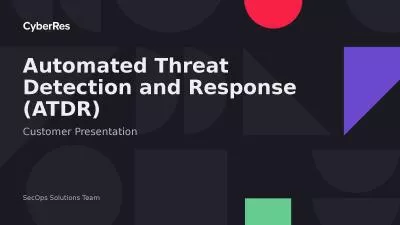PPT-The Threat Environment Attackers and Their
Author : teresa | Published Date : 2024-02-09
Attacks Primarily from Raymond R Panko Corporate Computer and Network Security 2nd Edition PrenticeHall 2010 Professor Hossein Saiedian EECS710 Info Security
Presentation Embed Code
Download Presentation
Download Presentation The PPT/PDF document "The Threat Environment Attackers and The..." is the property of its rightful owner. Permission is granted to download and print the materials on this website for personal, non-commercial use only, and to display it on your personal computer provided you do not modify the materials and that you retain all copyright notices contained in the materials. By downloading content from our website, you accept the terms of this agreement.
The Threat Environment Attackers and Their: Transcript
Download Rules Of Document
"The Threat Environment Attackers and Their"The content belongs to its owner. You may download and print it for personal use, without modification, and keep all copyright notices. By downloading, you agree to these terms.
Related Documents

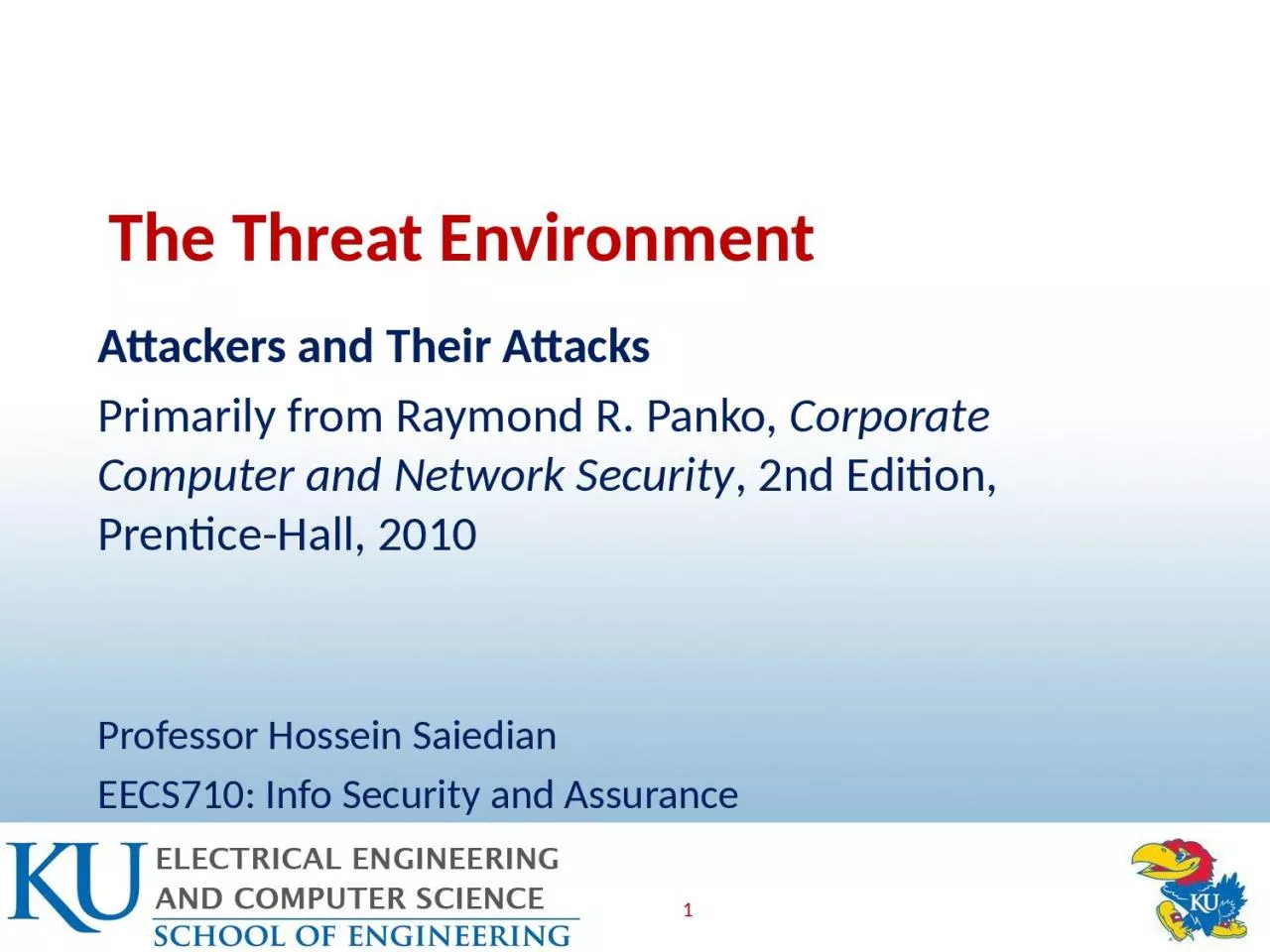
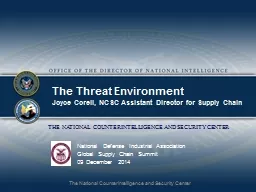


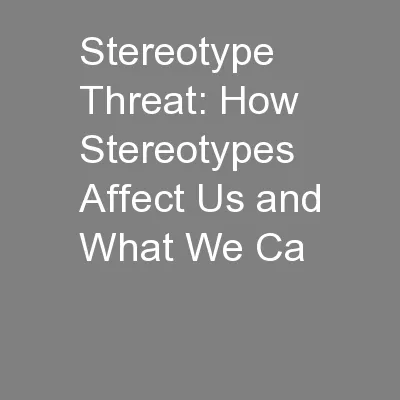
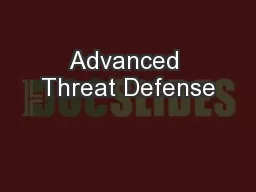

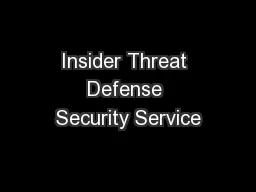



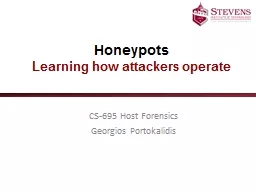
![[DOWLOAD]-Practical Threat Intelligence and Data-Driven Threat Hunting: A hands-on guide](https://thumbs.docslides.com/986141/dowload-practical-threat-intelligence-and-data-driven-threat-hunting-a-hands-on-guide-to-threat-hunting-with-the-attck-framework-and-open-source-tools.jpg)
